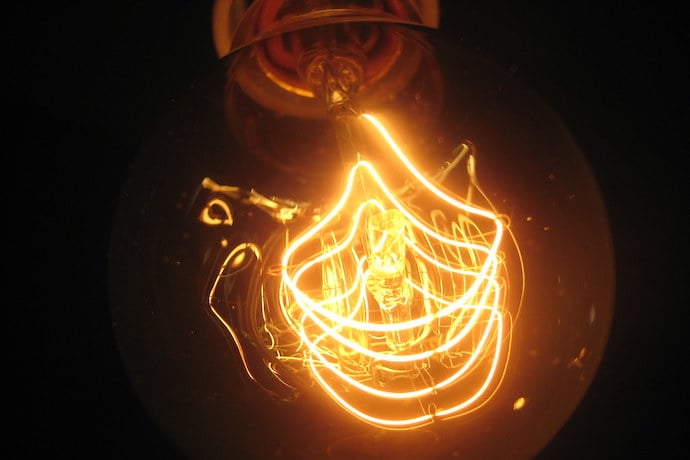Have you ever heard of “smart homes” before? It sounds like a home that can do your math homework for you, but it’s not quite that intelligent! Regardless, smart homes are becoming a huge part of the Internet of Things, and you may see your own home grow into a smart home in the future. Who knows; you may already have some devices at home right now.
A “smart home” is a technical term for a home that can do things without needing much interaction from the residents. It achieves this by using a data connection (usually the internet) to send and receive data about what’s going on inside of it. Residents can use this connection to tell the house what to do.
One example is smart bulbs. Yes, that’s right — the lightbulbs in our own homes are getting smart! Gadgets like the Phillips Hue allow residents to change the color of the bulbs to whatever they like. They can even set a schedule so the lights change color depending on the time of day.
The kitchen also has a lot of smart gadgets being introduced to it. There are appliances, such as microwaves and coffee makers, that can be turned on with an app or voice command. There are even meat thermometers that beam the current temperature to the cook’s phone, so they always have an idea on how hot their food is getting.
Smart homes can also provide security. For example, the Nest range of devices focuses on surveillance. The homeowner can install cameras around the home, then watch them on a computer screen.
Nest uses the internet to transfer its video feeds, so people can check on their homes no matter where they are. You can also get doorbells that notify you on your phone regardless of where you are, and can show you a video of who’s at your door.
There are also smart locks being introduced into homes around the world. These work like regular locks, but you don’t need a key for them. You use an app on your phone to open the door instead. Some advanced models will open with voice activation and can let the owner know if someone is trying to break in.
Unfortunately, this amazing world of smart gadgets has a major flaw. Residents can talk to the gadgets through the data channels, but so too can hackers who have gained access to a network.
If a malicious person manages to break the security, they can cause havoc within the resident’s home. This is especially dangerous if they gain access to the security features, such as the door locks. While smart homes are very convenient, they can also work against you.
Fortunately, the regulators of smart home gadgets know this and are working to improve the security of the devices on the Internet of Things. Currently, they’re getting together to agree on set rules for how devices protect themselves (known as a “security standard”). Because the Internet of Things is still relatively new, there are no real standards just yet — but hopefully, this will be fixed soon.
As you go about your daily life, think about all the things you could automate using an app or voice commands. Who knows – maybe one day your ideas will become a reality!
Learn More
Philips Hue, smart home lighting made brilliant
Smart home attacks
https://www.cisco.com/c/en/us/solutions/internet-of-things/smart-home-attacks.html










